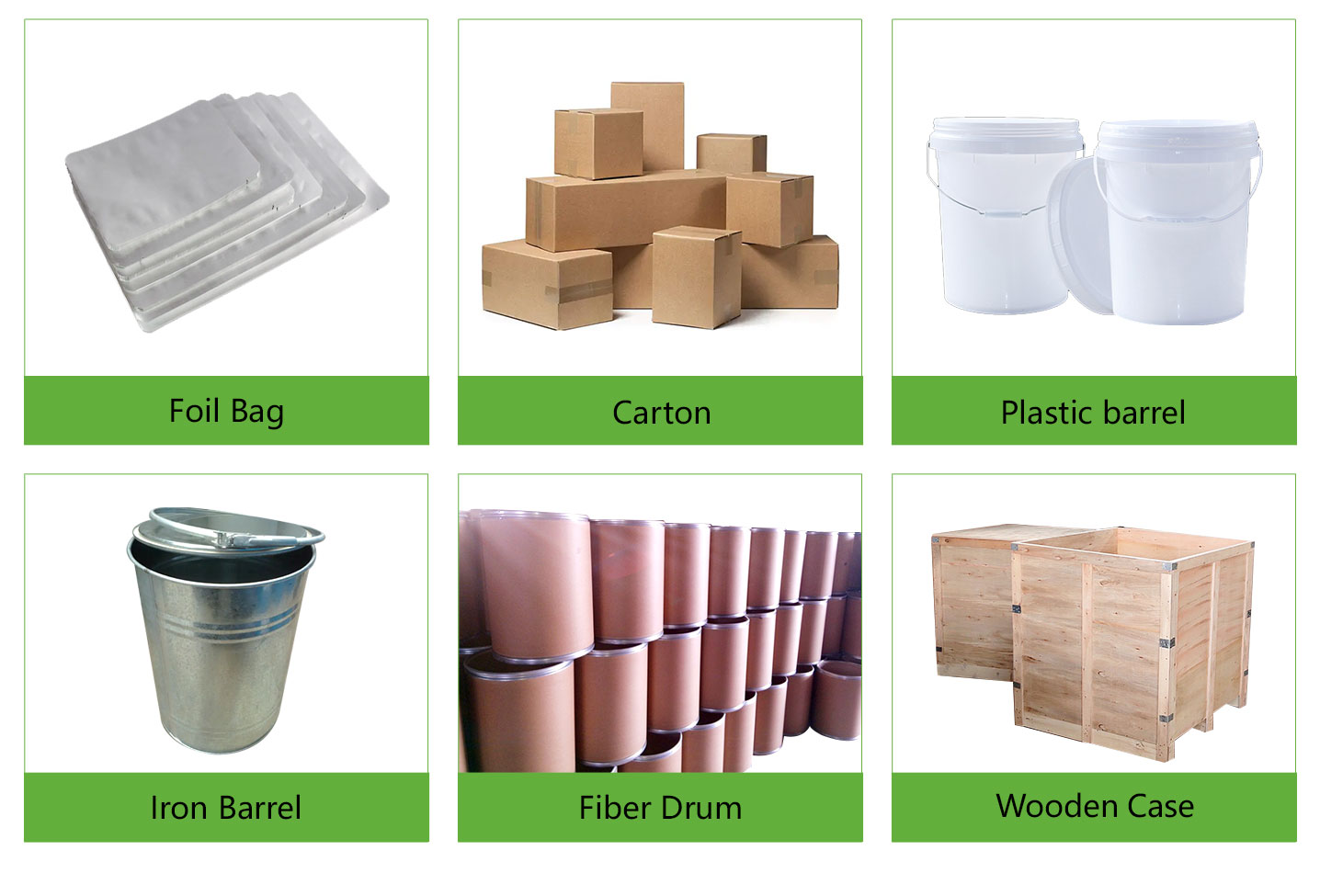Copper is a reddish-brown metal that is used for a variety of applications. Often, this material is used to make electrical wires or other items that need to be able to withstand heat. It is a soft, malleable metal with very high thermal and electrical conductivity.
The melting point is the temperature at which a solid crystalline substance transforms from a solid to a liquid. This is important to those who work with different metals and alloys because it helps them know when they need to heat their tools or equipment in order to reach the desired temperature.
There are many different types of metals, and the melting point of each one can vary a great deal depending on the materials involved in the process. This is especially true for blacksmiths and jewelry-makers, who need to know the exact melting points of precious metals before they start working with them.
A common method for determining the melting point of copper is by mixing it with a reference metal that has a similar melting point to that of the sample. Then, the two metals are heated until they reach their melting points.
In addition to this technique, a more precise method for determining the melting point of a material is by using a thermodynamic factor. The thermodynamic factor is an empirically determined instrument-specific factor that determines the physical melting point of the substance. This value is then subtracted from the pharmacopeia melting point to determine the correct physical melting point for the test material.
